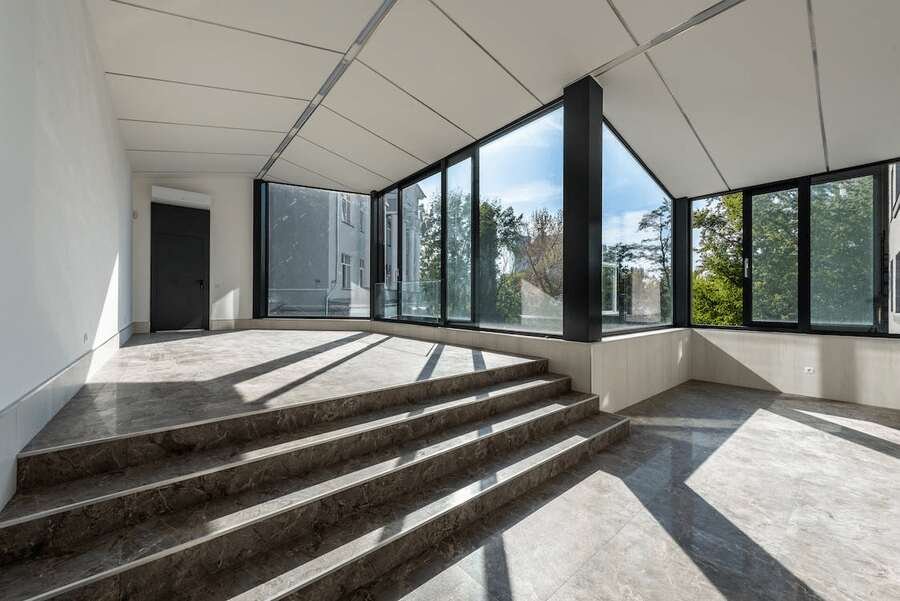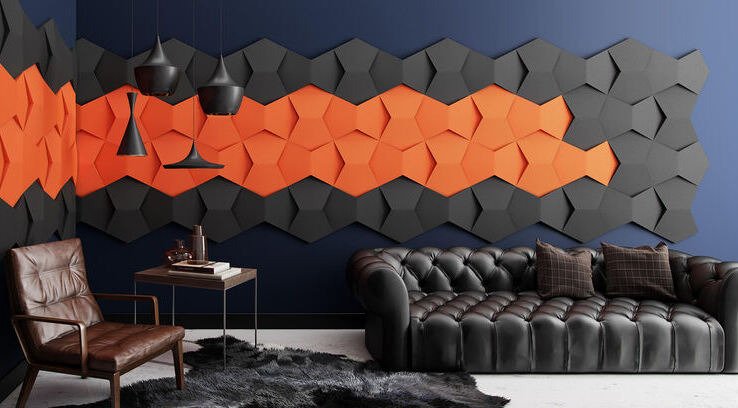Insulation is an important yet often overlooked aspect of your home’s energy consumption. The truth is, there are many different types of insulation, and the best type for your home depends on its structure, location, climate, and cost considerations. Homes in the UK need to have quality insulation that will help reduce energy costs and keep homeowners comfortable and safe from excessive heat or cold in their homes.
As of the early 21st century, there has been a shift in the way we think about insulation that focuses on reducing heat loss by using materials with high R values instead of keeping air movement to a minimum, as was traditionally thought of when insulating homes. This change is due to advanced research that has shown that air movement is not as big of a factor in heat loss as initially thought. This new perspective on insulation has led to the development of new materials such as spray foam, which works by sealing all openings around pipes and ducts, thus preventing any chance for airflow into or out of the house.
The Different Types of Insulation
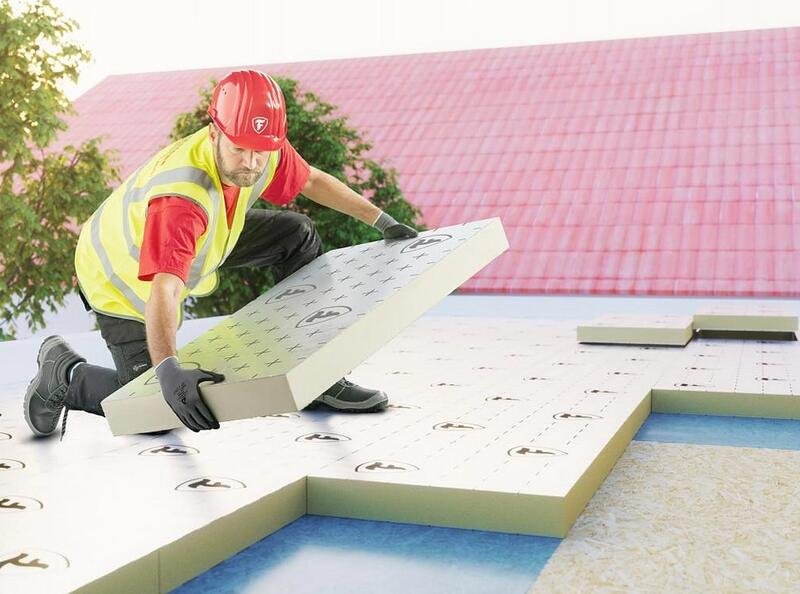
Insulation comes in two forms: passive and active. Passive insulation refers to materials that prevent heat transfer by resisting contact with the outside environment (i.e., air, light, and moisture). Active insulation refers to systems that produce energy from moving air or water.
The most common types of home insulation include foam (PU, PIR, or PS), batts and rolls, blown-in fibreglass, and hemp fibre.
Foam Insulation
Polyurethane Foam
Polyurethane (PU) foam is generally made from a mixture of oil and water, with surfactants added for volume and stability. PU foam is produced by mixing two components; when the components are combined, an intense chemical reaction occurs, producing heat, bubbles, and pressure waves.
Once these pressures subside and the bubbles deflate, a solid PU film remains, which can be cut, printed, and laminated to form insulation boards. PU foam is widely used for home insulation because it provides a thermal resistance of approximately R-1.5 to R-2.5 per inch, depending on the thickness and composition of the material.
Polystyrene Foam
Polystyrene (PS) is commonly found in Styrofoam cups, coolers, and packaging materials. It has low thermal conductivity, but it’s a good moisture barrier, which makes it suitable for attic insulation or areas with high humidity levels. PS doesn’t contain any chemical binders and therefore cannot be cut or laminated, which makes it less popular than PU or PIR insulation. The R-values for PS are generally in the range of 0.5 to 1 per inch.
Polyisocyanurate Foam
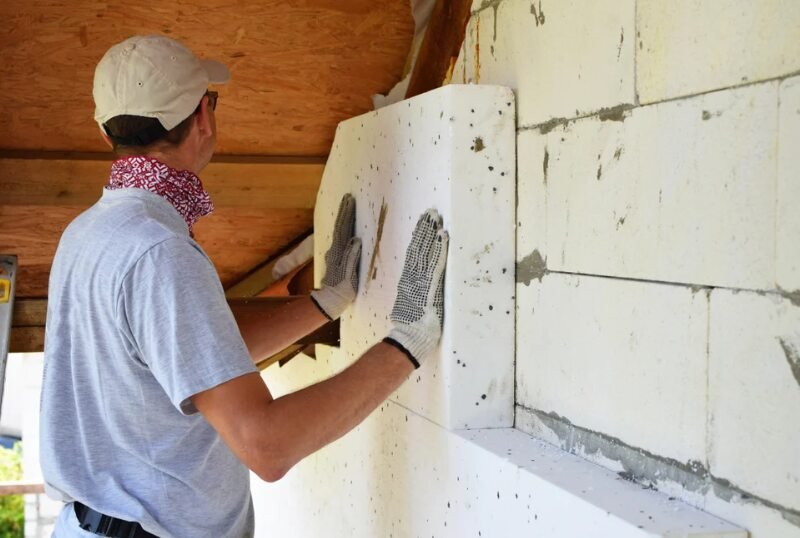
Polyisocyanurate (PIR) is a foam insulation that was developed as an alternative to polystyrene (PS). PIR has better thermal performance than PS and is more environmentally friendly. It also provides higher insulation values and is more flexible than PS.
The main difference between PIR and PU is that PIR has no chemical binders; instead, it’s composed of a mixture of polyurethane and isocyanate resin. The R-value for PIR ranges from 1 to 2 per inch, depending on the thickness and type of insulation board used. The most common thicknesses are 50mm, 75mm, 100 cm, and 150mm PIR insulation boards.
Blown-in Fibreglass Insulation
Blown-in fibreglass insulation is made from glass and is generally used as a thermal barrier on walls, ceilings, and roofs. It’s also found in other places, such as under flooring, appliances, around pipes and ducts, and even in vehicle engines—basically, anywhere there is excessive heat loss or gain. This type of insulation works by trapping air between the millions of tiny glass particles that make up its composition.
Bags of blown-in fibreglass can be purchased at most major hardware stores for DIY projects. The R-value for blown-in fibreglass ranges from 1 to 2 per inch, depending on the thickness and type of insulation board used. The most common thicknesses are 50mm, 75 mm, and 100mm blown-in fibreglass insulation boards.
Hemp Fibre Insulation
Hemp fibre is a natural insulation material that is made from the stalks of the hemp plant. It’s a sustainable product with excellent thermal properties and very high R-values. It’s also lightweight, easy to install, inexpensive, and produces no toxic emissions or fumes when burned (unlike some other types of insulation). Hemp fibre can be used as wall insulation, roofing insulation, underflooring insulation, and more.
Batt and Roll Insulation
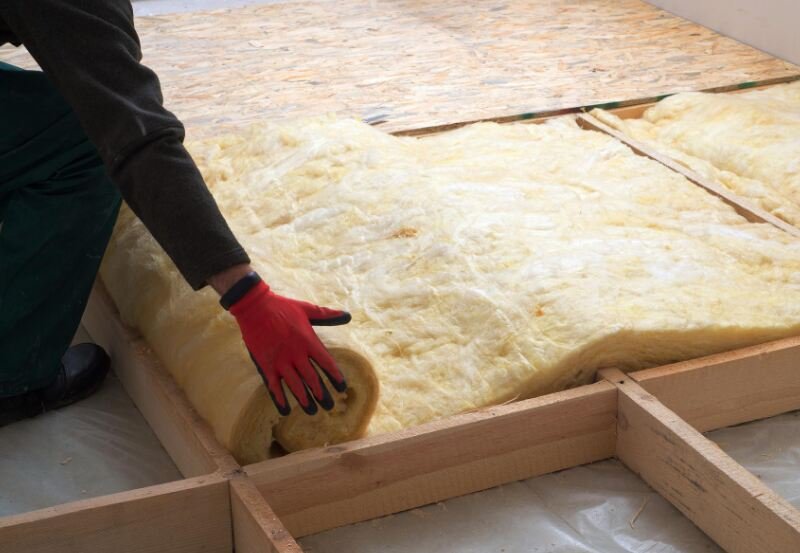
Batts are a form of insulation that can be installed in attics and walls. They’re made from a variety of materials, including polyurethane, polystyrene and cellulose. Some batts are made with recycled content and can help reduce greenhouse gases by using less fossil fuel in their production process. Batts come in various thicknesses depending on the R-value required (i.e., 1 inch, 2 inches, 3 inches, etc.).
Rolls are similar to batts but differ in that they’re flat instead of being rolled up like a mattress. They can be used for sealing cracks and crevices, as well as insulating pipes, ducts, and other hard-to-reach areas.
Other Types of Insulation
Other types of insulation include thermal curtains (which can be installed in windows), radiant barriers (made from reflective materials that reflect heat away from the home), and spray foam (a lightweight material that expands when sprayed). Spray foam is commonly used on ceilings because it’s easy to install and doesn’t require any additional tools or expertise.
Conclusion
Whichever type of insulation you choose, make sure it’s appropriate for your location and meets building codes. Consult with a professional for more information about home insulation. Making the right choice can go a long way towards saving you money and reducing your energy consumption over time.
Recommended Posts:




